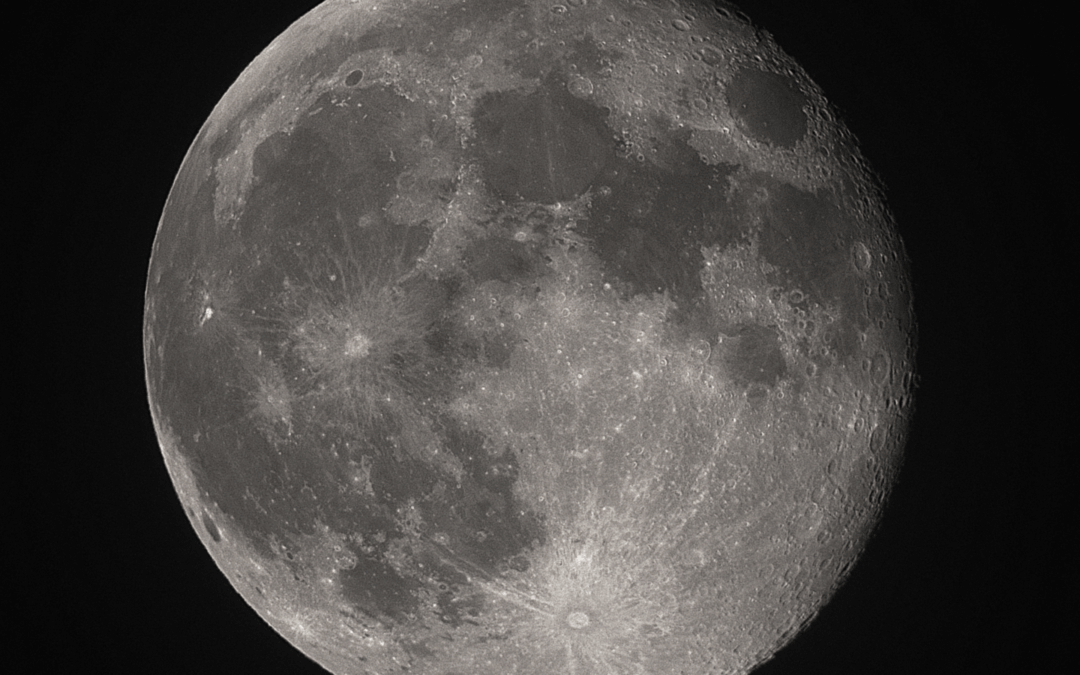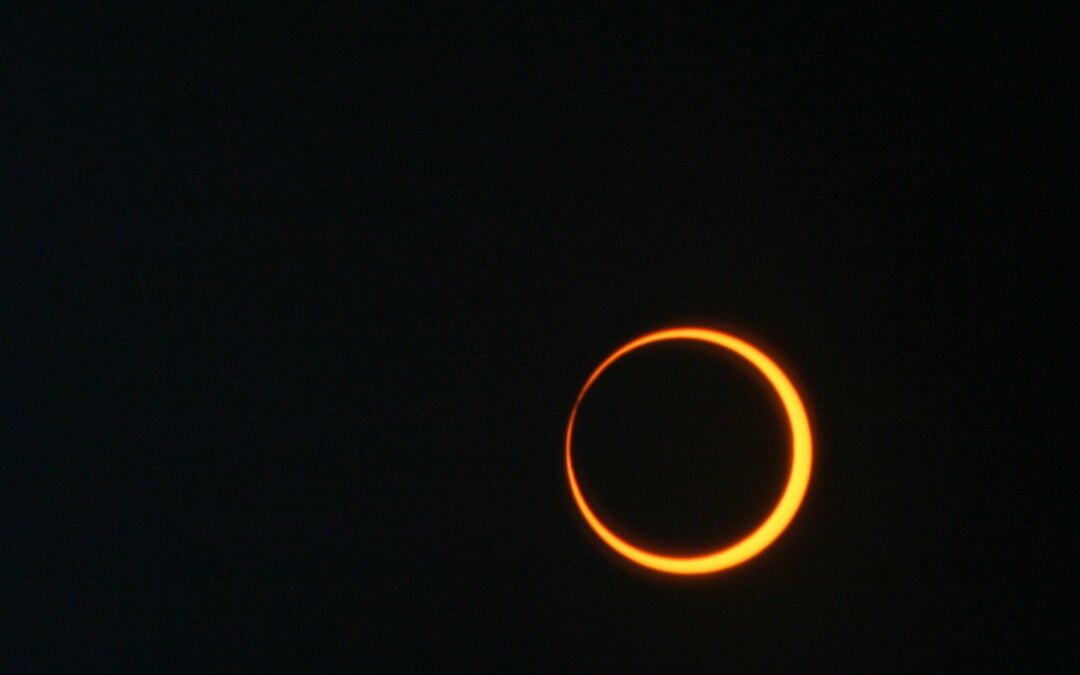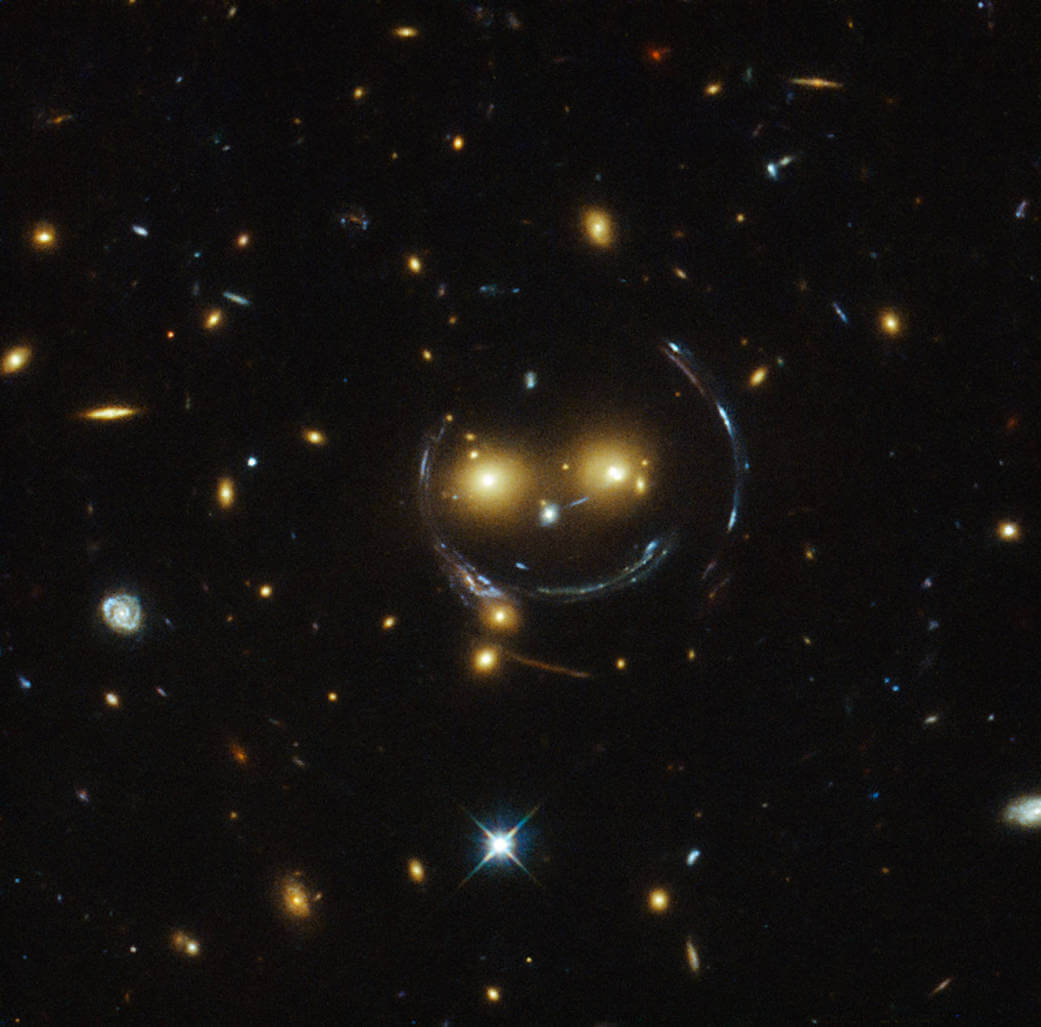Take advantage of increasingly crisp nights to spend some time immersing yourself in the night sky this November. Our list of nine top targets for the month will keep you busy exploring nebulas, open star clusters and galaxies with your telescope, and hopefully introduce you to a few new favorites.
Don’t forget you can also take part in citizen science campaigns while you’re out stargazing with a Unistellar Telescope. For more info on how to get started, head over to the Unistellar citizen science webpage to learn more.
All-Level Targets
The following celestial favorites are great for observers with any level of experience!
Triangulum Galaxy (M33)
The third largest galaxy in our local group, and about half the size of the Milky Way, the Triangulum Galaxy is home to numerous regions of active star formation. This galaxy can be seen from both hemispheres. It was first cataloged by Charles Messier in August 1764!
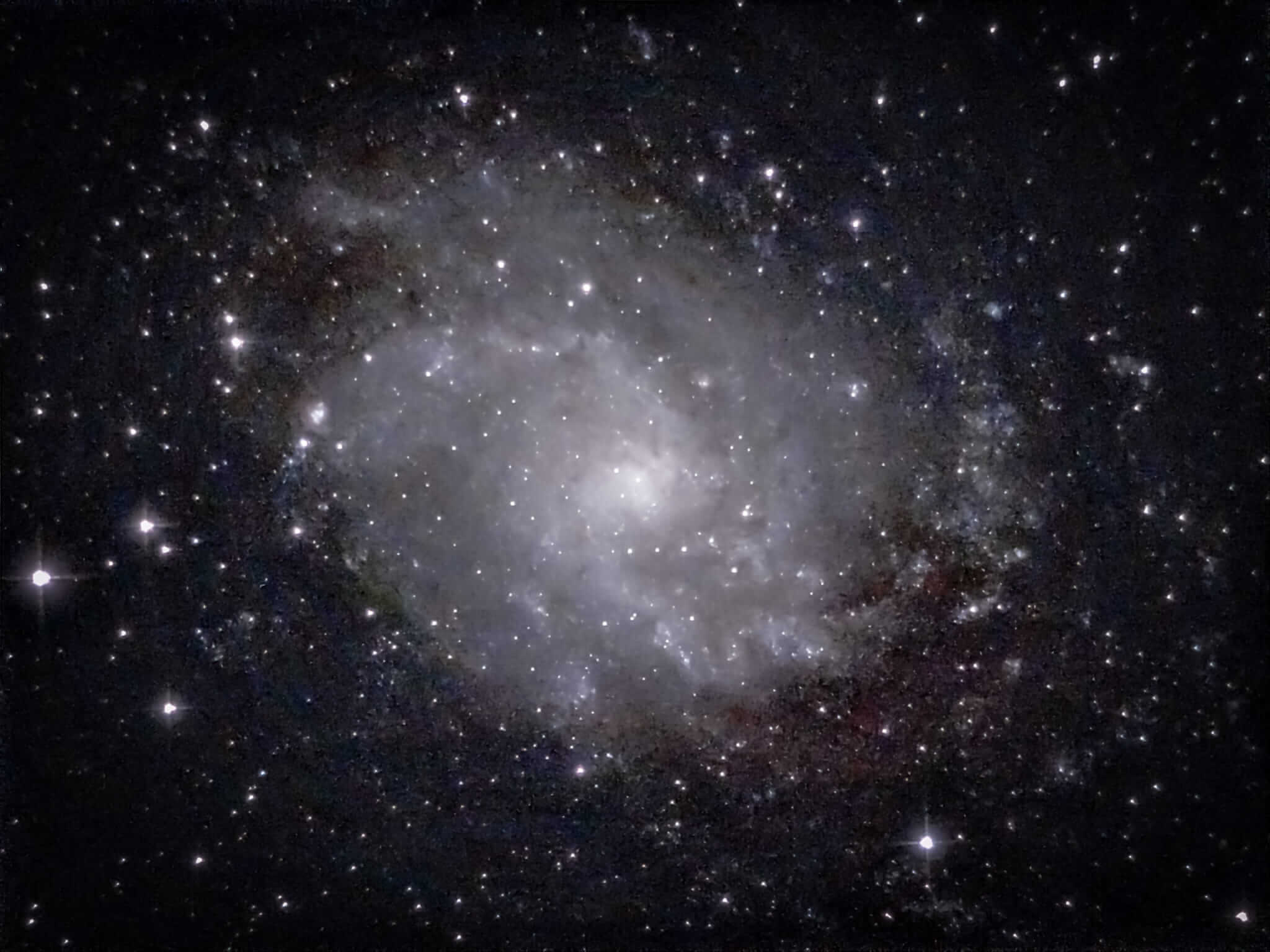
The Triangulum Galaxy photographed by Julien de Lambilly.
Bow-Tie Nebula
Best visible from the Northern Hemisphere, this curiously-shaped planetary nebula surrounds a very hot white dwarf star with surface temperatures around 200,000 degrees Kelvin – that’s nearly 40x hotter than our Sun!
It lies about 4,000 light-years from Earth.
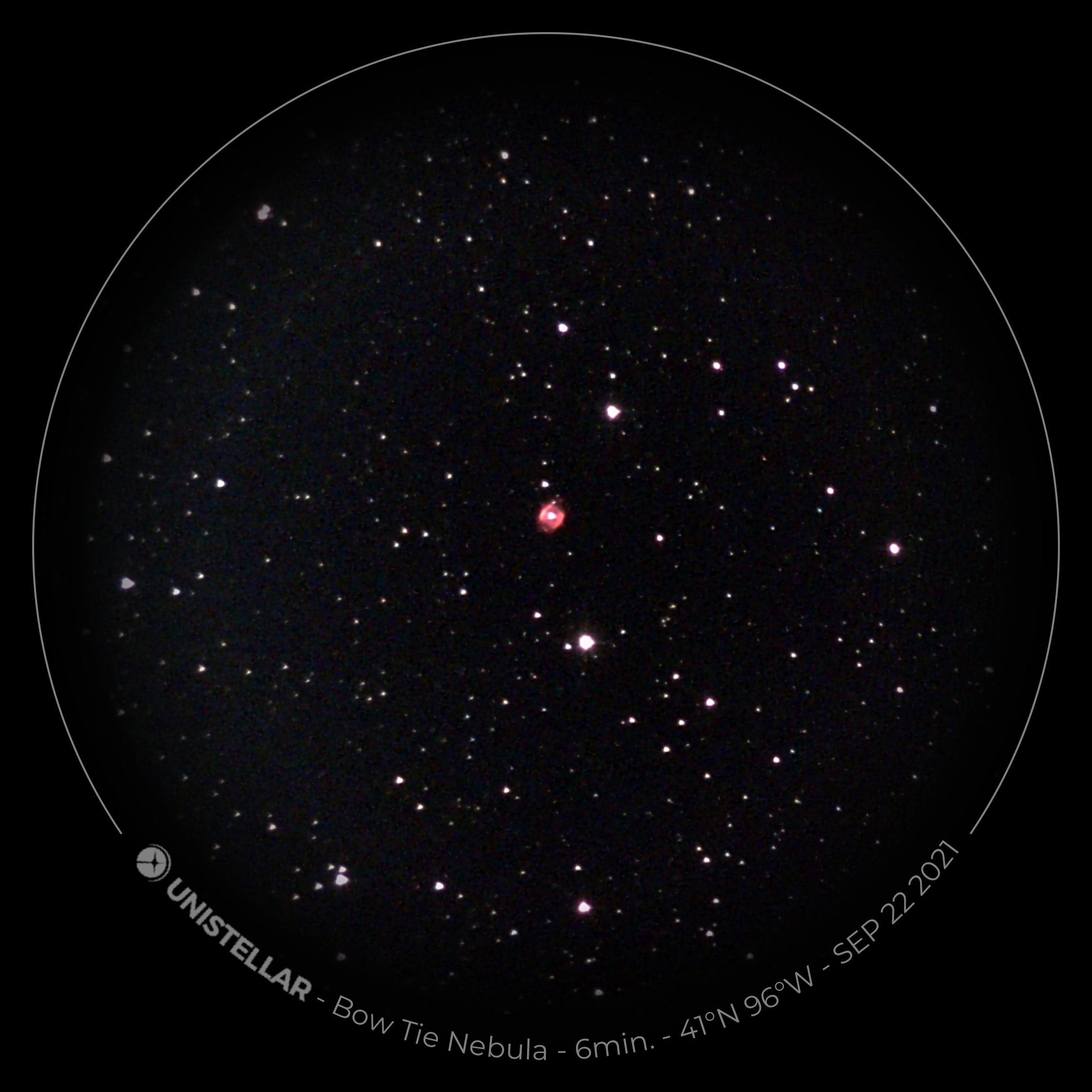
The Bow-Star Nebula photographed by Kendra Sibbernsen.
Caldwell 23 (NGC 891)
Though this galaxy is a spiral, it looks more like a line from Earth, as we see it edge-on. It’s been used as the first-light image of several notable telescopes, and was also home to a supernova visible from Earth in 1986.
Find the NGC 891 galaxy from the Northern Hemisphere, or very low on the horizon from the Southern Hemisphere.
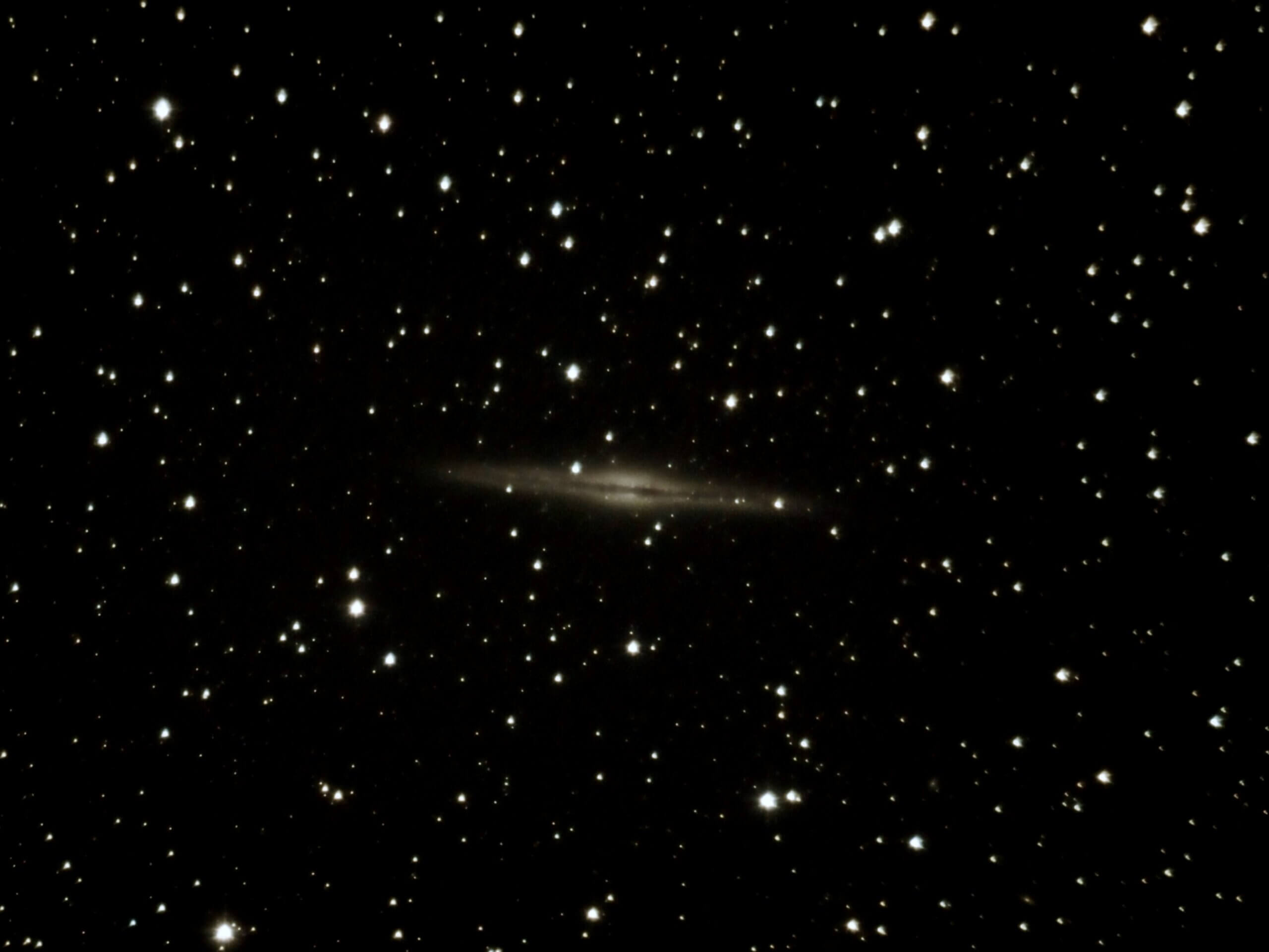
The NGC 891 imaged and processed by Unistellar.
Double Cluster in Perseus
These two open star clusters in the constellation Perseus make for a stunning double feature. They appear to be close together, but are actually separated by more than a hundred light-years. View them from the Northern Hemisphere, and to find them in the Unistellar App, search for h Persei and khi Persei.
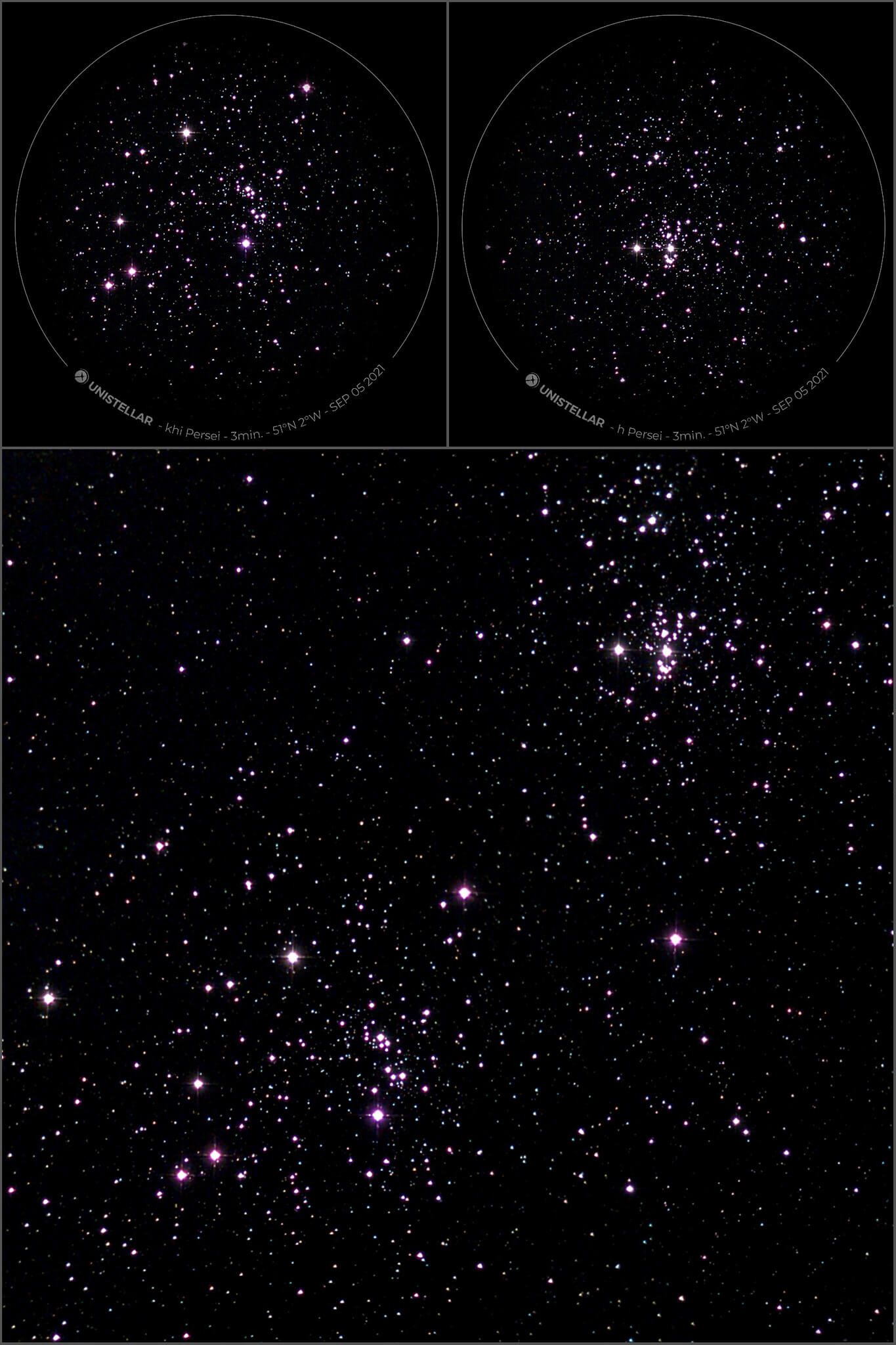
The Double Cluster in Perceus photographed by David Rowe.
M103
Near Perseus in the constellation Cassiopeia, find another open star cluster, Messier 103. This remote, small cluster is about 15 light-years across and contains an estimated 172 member stars. Find it from the Northern Hemisphere.
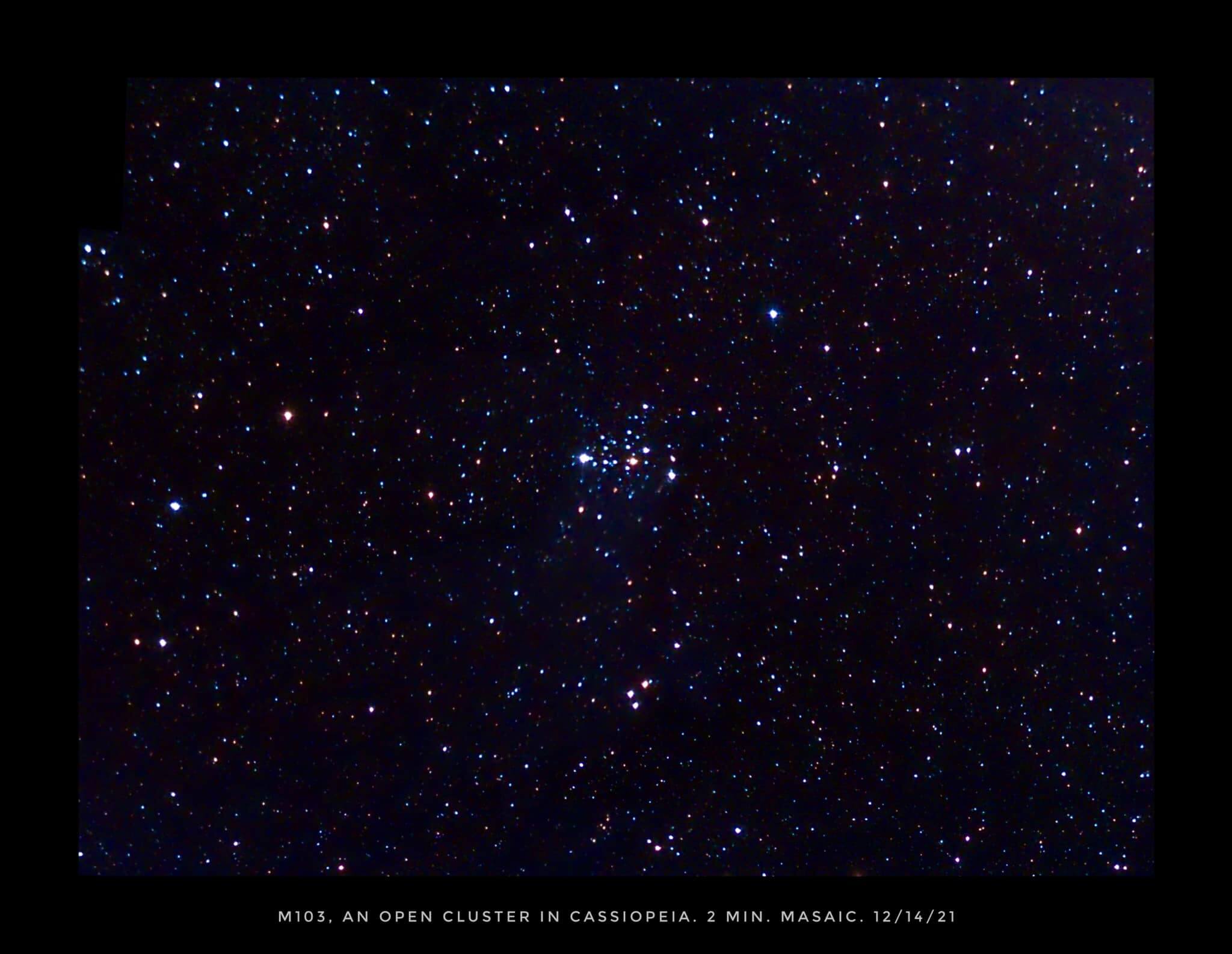
The M103 imaged by Daniel Marcus.
Andromeda Galaxy (M31)
The Andromeda Galaxy is the closest major galaxy to our home Milky Way at a distance of nearly 2.5 million lightyears. Although the Large and Small Magellanic Cloud galaxies are closer, they are considered dwarf galaxies, whereas Andromeda is a grand spiral galaxy. It was likely the victim of a past collision with M32, a smaller nearby galaxy that you can also check out!
In fact, the Andromeda galaxy is so large and bright that you will not see all of it in one view with the Unistellar telescope. When you GoTo the Andromeda Galaxy in the Unistellar app, you will be looking at its bright, mesmerizing core!
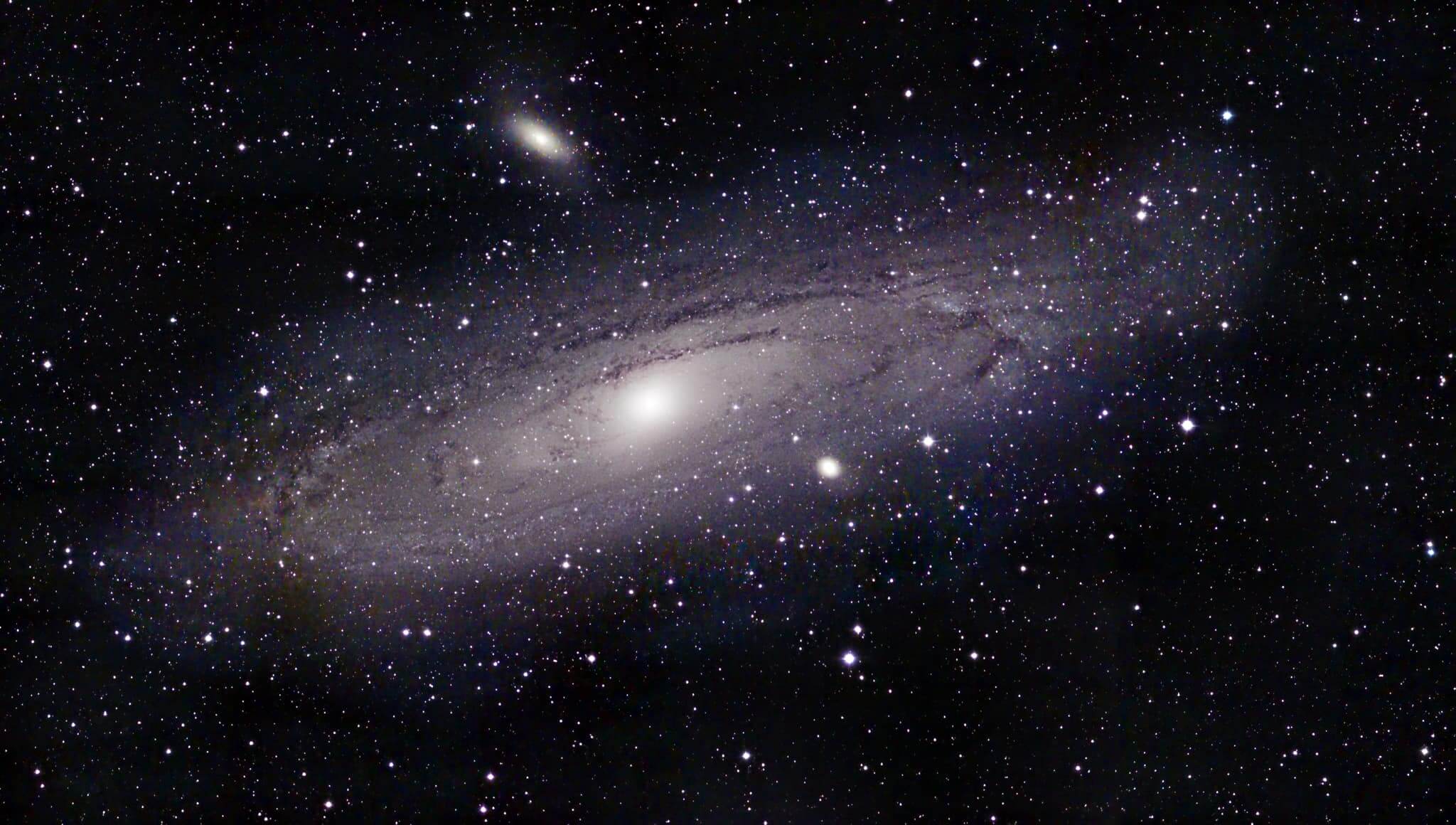
The Andromeda Galaxy imaged by Vic Mategrano.
Sculptor Galaxy
This Southern Hemisphere favorite is in the perfect position for November viewing. Although it is around 10 million light years away, it is a stunning sight to see. This nearly edge-on spiral hosts multiple star forming regions, making it a “starburst” galaxy.
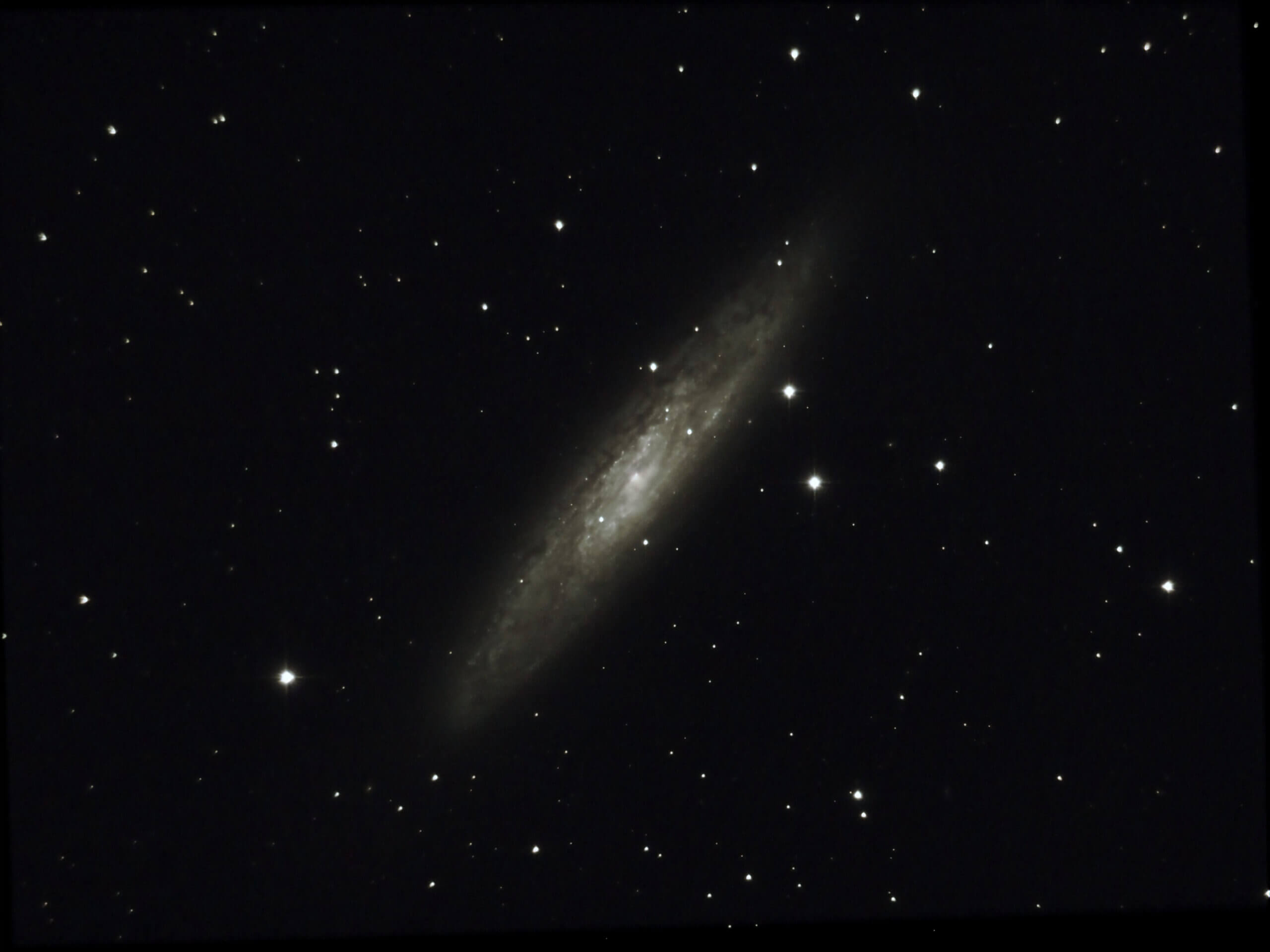
The Sculptor photographed by Unistellar.
Challenge Targets (> 10 Mag or very diffuse)
The following deep sky objects may require darker skies or more time in Enhanced Vision to draw out their breathtaking details.
Caldwell 1 (NGC 188)
This small star cluster may be the oldest known open cluster at five billion years or older. It’s also the very first member of the notoriously challenging Caldwell catalog of objects for advanced skygazers to find. Northern Hemisphere only.
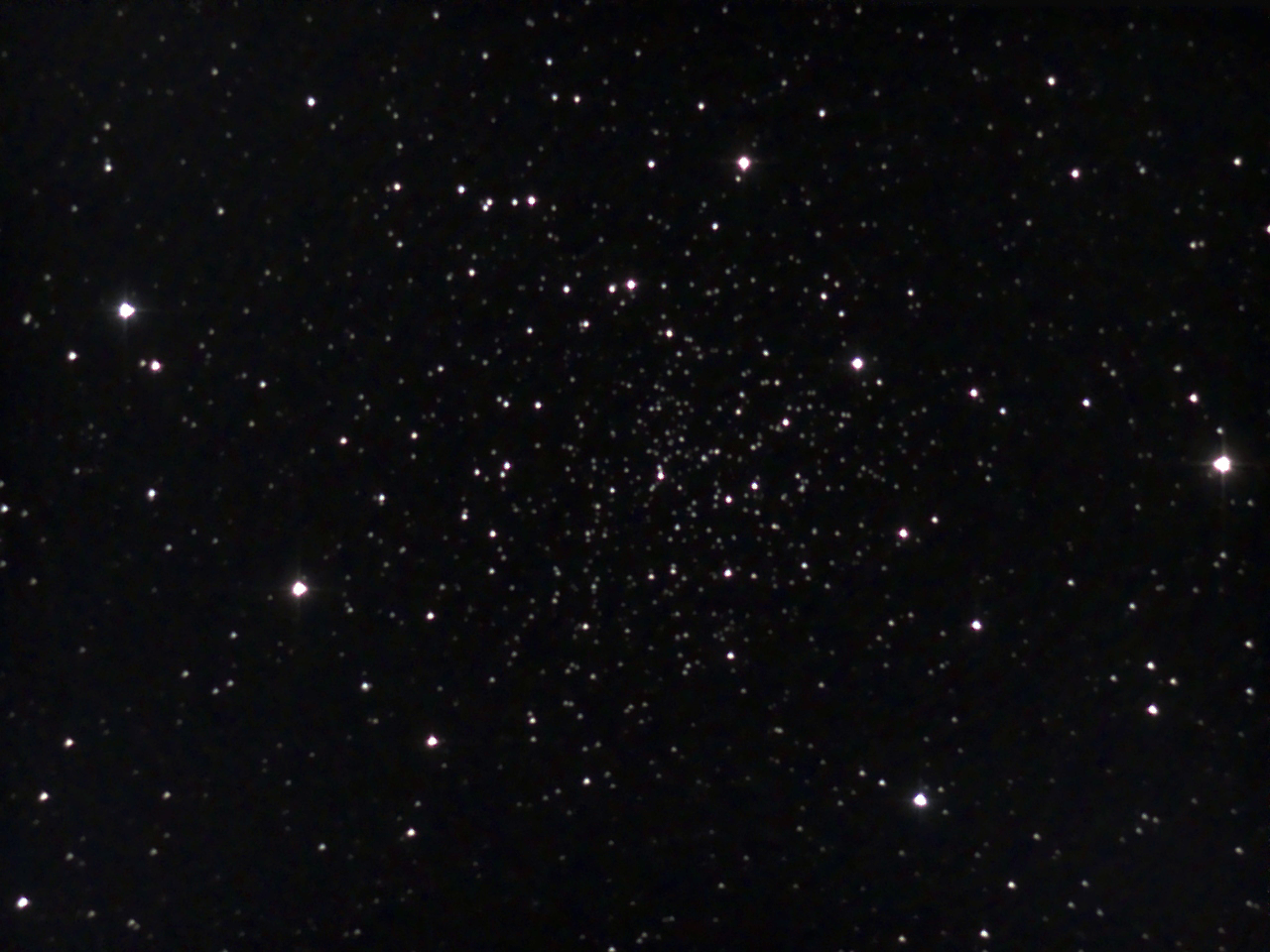
The Superman Galaxy imaged and processed by Justus Randolph.
Blue Oyster Nebula
This complex planetary nebula lives in the constellation Camelopardalis, where a shining pearl of a star lies within the gaseous “shell” surrounding it. The star seems to pulsate over the course of about half an hour — can you catch it in the act? See the Blue Oyster Nebula from the Northern Hemisphere.
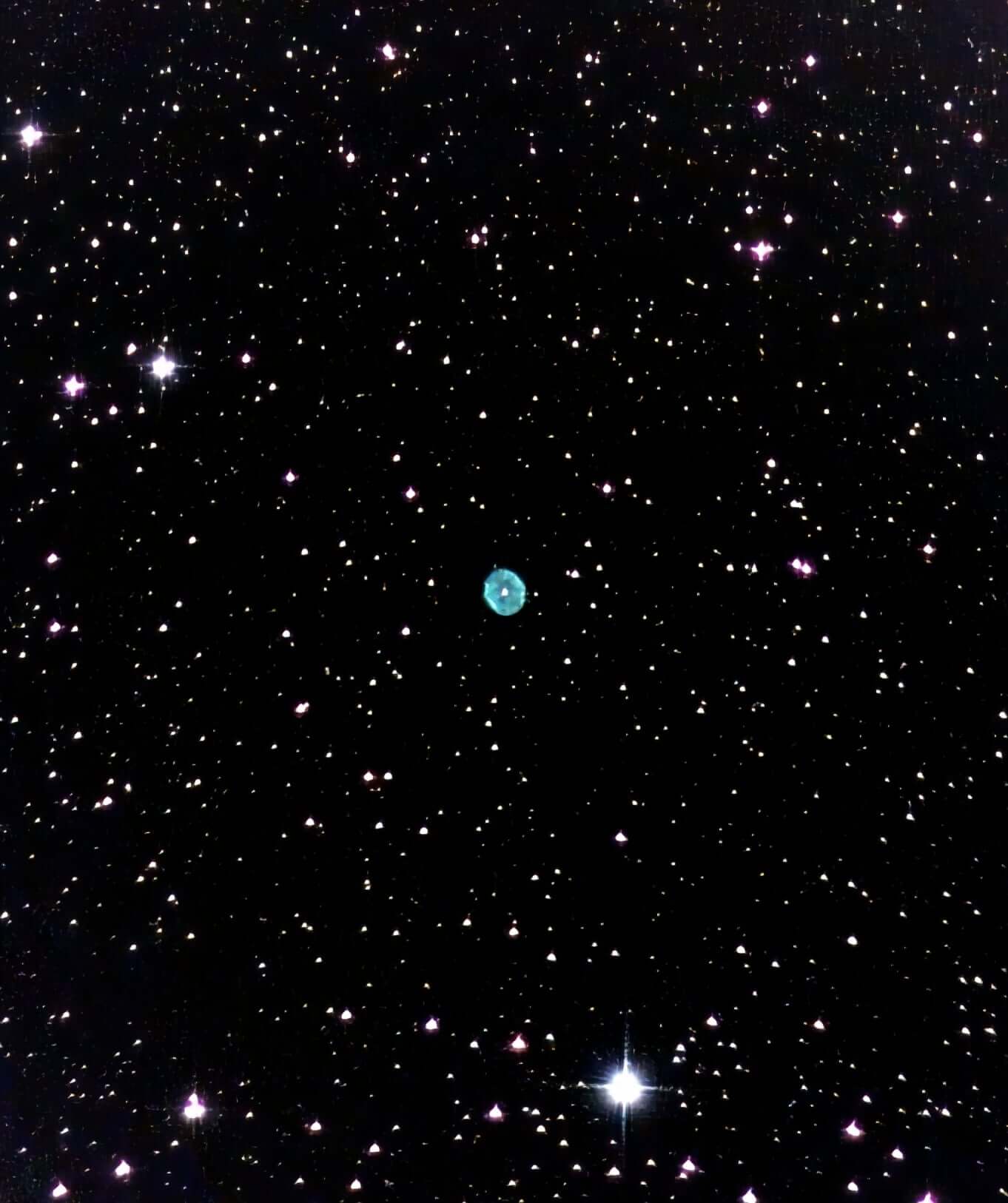
The Blue Oyster photographed by Margaret Loose.
We encourage you to share your November observations and join the conversation through our Facebook, Instagram and Twitter pages. Don’t forget to tag @Unistellar!
If you’d like to send us your observations by email, send them to [email protected].
Further readings
Unistellar Community Included In Multiple Scientific Papers
Did you know Unistellar Citizen Astronomers are often cited in published scientific papers? Find out how you can contribute too!
What Are the Names of All the Full Moons in 2024?
Discover the enchanting names of the full moons in 2024. Delve into the unique character of each lunar spectacle and embrace the allure of the night sky.
New Unistellar App Update: Version 3.0
The latest Unistellar App Update, version V3.0, is now live. Explore a smooth stargazing experience !
What to Observe This November: Open Star Clusters and More
These Halloween deep-sky objects will add some light to those dark, spooky nights. Treats, tricks, and telescopes await!
When Is the Next Solar Eclipse, and How to Observe It With a Unistellar Telescope
An annular solar eclipse is visible from the Americas on October 14. Learn how to witness the Ring of Fire with your Unistellar Telescope!
Halloween Observing Guide: Spooky Deep-Sky Objects
These Halloween deep-sky objects will add some light to those dark, spooky nights. Treats, tricks, and telescopes await!

